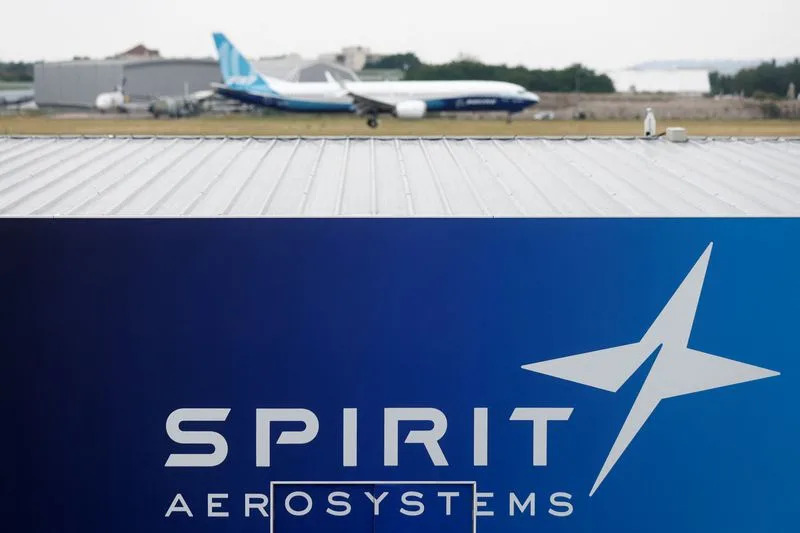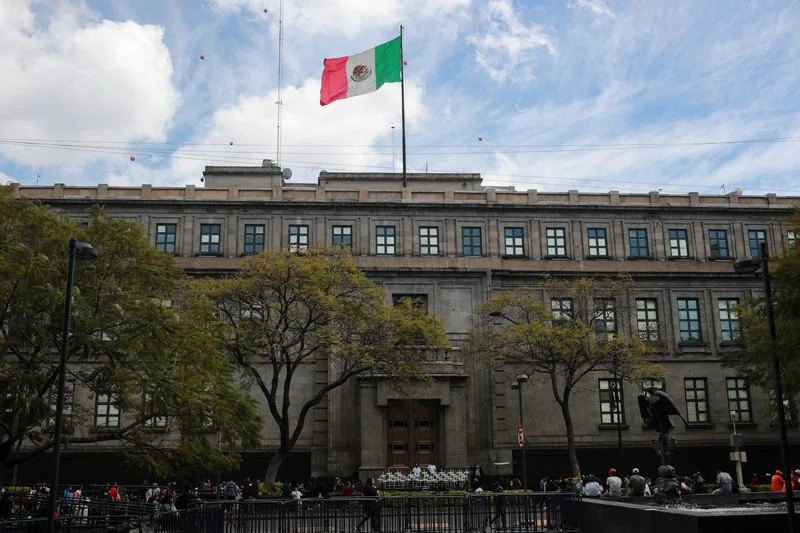Genomic model suggests population decline in human ancestors
Between 800,000 and 900,000 years ago, the population of human ancestors crashed, according to a new genomic model by Wangjie Hu and colleagues. They suggest that there were only about 1280 breeding individuals during this transition between the early and middle Pleistocene, and that the population bottleneck lasted for about 117,000 years. The researchers say about 98.7% of the ancestral population was lost at the beginning of the bottleneck. This decline coincided with climate changes that turned glaciations into long-term events, a decrease in marine surface temperatures, and a possible long period of drought in Africa and Eurasia. Hu et al. developed a coalescence model that looks at divergence between gene lineages and can be used to estimate past population size, using it to analyze genomic sequences from 3154 people from 10 African and 40 non-African populations. The ancient “bottleneck was directly found in all 10 African populations, but only a weak signal of the existence of such was detected in all 40 non-African populations,” Hu et al. write. The proposed bottleneck also coincided with the time that many researchers think the last common ancestor of Denisovans, Neanderthals and modern Homo sapiens lived, but the bottleneck theory needs to be tested against the archaeological and fossil human evidence, Nick Ashton and Chris Stringer write in a related Perspective. “If, as seems likely, humans were widespread inside and outside of Africa in the period between about 800-900,000 years BP … whatever caused the inferred bottleneck was limited in its effects on the wider non-sapiens lineage populations, or any effects were short-lived,” the Perspective authors add.
JOURNAL
Science
ARTICLE TITLE
Genomic inference of a severe human bottleneck during the Early to Middle Pleistocene transition
Early ancestral bottleneck could’ve spelled the end for modern humans
IMAGE: THE CORE FORMULA OF OUR NEW INFERENCE METHOD IS SHOWN. THE IMAGE DEPICTS A CLIFF PAINTING, ILLUSTRATING THE POPULATION OF HUMAN ANCESTOR PULL TOGETHER TO SURVIVE THE UNKNOWN DANGER IN THE DARKNESS DURING THE ANCIENT SEVERE BOTTLENECK. view more
CREDIT: IMAGE BY SHANGHAI INSTITUTE OF NUTRITION AND HEALTH, CAS
How a new method of inferring ancient population size revealed a severe bottleneck in the human population which almost wiped out the chance for humanity as we know it today.
An unexplained gap in the African/Eurasian fossil record may now be explained thanks to a team of researchers from China, Italy and the United States. Using a novel method called FitCoal (fast infinitesimal time coalescent process), the researchers were able to accurately determine demographic inferences by using modern-day human genomic sequences from 3,154 individuals. These findings indicate that early human ancestors went through a prolonged, severe bottleneck in which approximately 1,280 breeding individuals were able to sustain a population for about 117,000 years. While this research has illuminated some aspects of early to middle Pleistocene ancestors, there are many more questions to be answered since uncovering this information.
A large amount of genomic sequences were analyzed in this study. However, “the fact that FitCoal can detect the ancient severe bottleneck with even a few sequences represents a breakthrough,” says senior author Yun-Xin Fu, a theoretical population geneticist at University of Texas Health Science Center at Houston.
Researchers will publish their findings online in Science on August 31, 2023 (America Eastern Standard Time). The results determined using FitCoal to calculate the likelihood for present-day genome sequences found that early human ancestors experienced extreme loss of life and therefore, loss of genetic diversity.
“The gap in the African and Eurasian fossil records can be explained by this bottleneck in the Early Stone Age as chronologically. It coincides with this proposed time period of significant loss of fossil evidence,” says senior author Giorgio Manzi, an anthropologist at Sapienza University of Rome. Reasons suggested for this downturn in human ancestral population are mostly climatic: glaciation events around this time lead to changes in temperatures, severe droughts, and loss of other species, potentially used as food sources for ancestral humans.
An estimated 65.85% of current genetic diversity may have been lost due to this bottleneck in the early to middle Pleistocene era, and the prolonged period of minimal numbers of breeding individuals threatened humanity as we know it today. However, this bottleneck seems to have contributed to a speciation event where two ancestral chromosomes may have converged to form what is currently known as chromosome 2 in modern humans. With this information, the last common ancestor has potentially been uncovered for the Denisovans, Neanderthals, and modern humans (Homo sapiens).
We all know that once a question is answered, more questions arise.
“The novel finding opens a new field in human evolution because it evokes many questions, such as the places where these individuals lived, how they overcame the catastrophic climate changes, and whether natural selection during the bottleneck has accelerated the evolution of human brain,” says senior author Yi-Hsuan Pan, an evolutionary and functional genomics at East China Normal University (ECNU).
Now that there is reason to believe an ancestral struggle occurred between 930,000 and 813,000 years ago, researchers can continue digging to find answers to these questions and reveal how such a small population persisted in assumably tricky and dangerous conditions. The control of fire, as well as the climate shifting to be more hospitable for human life, could have contributed to a later rapid population increase around 813,000 years ago.
“These findings are just the start. Future goals with this knowledge aim to paint a more complete picture of human evolution during this Early to Middle Pleistocene transition period, which will in turn continue to unravel the mystery that is early human ancestry and evolution,” says senior author LI Haipeng, a theoretical population geneticist and computational biologist at Shanghai Institute of Nutrition and Health, Chinese Academy of Sciences (SINH-CAS).
This research was jointly led by LI Haipeng at SINH-CAS and Yi-Hsuan Pan at ECNU. Their collaborators, Fabio Di Vincenzo at the University of Florence, Giogio Manzi at Sapienza University of Rome, and Yun-Xin Fu at the University of Texas Health Science Center at Houston, have made important contribution to the findings. The research was first-authored by HU Wangjie and HAO Ziqian who used to be students/interns at SINH-CAS and ECNU. They are currently affiliated with Icahn School of Medicine at Mount Sinai, and Shandong First Medical University & Shandong Academy of Medical Sciences, respectively. DU Pengyuan at SINH-CAS, and CUI Jialong at ECNU also contributed to this research.
The African hominin fossil gap and the estimated time period of chromosome fusion is shown on the right.
CREDIT
Image by Science
JOURNAL
Science
ARTICLE TITLE
Genomic inference of a severe human bottleneck during the Early to Middle Pleistocene transition








